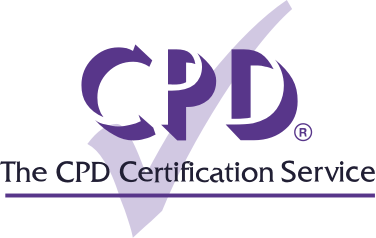As a problem-solving approach, design thinking prioritises empathy, creativity and collaboration with the aim of generating innovative solutions. It usually involves developing a deep understanding of user’s needs, the brainstorming of ideas, prototyping, and iterating to create practical and user-centric designs. This article will outline the main goals and key pillars, along with some practical examples and where to find the best design thinking CPD courses.
What is the main goal of design thinking?
The primary goal of design thinking is to create new innovative and lasting solutions to complex problems. It seeks to cultivate a more human-centric approach to further the aim of generating results that not only address immediate challenges but also consider the user experience and the broader context. Achieving this involves placing a strong emphasis on understanding the needs and perspectives of the “end-users”. The process encourages an in-depth comprehension of the problem, leading to more effective and creative solutions, resulting in a more impactful, long-term, and ultimately user-friendly, customer-focused outcome.
What are the 5 key pillars of design thinking?
Although seeming at times a complicated subject, design thinking is often characterised by five key pillars. These can be built upon but provide a helpful way to understand some of the essentials of a design thinking approach.
1. Empathise: Understand the needs and perspectives of the end-users by actively listening and observing. This involves developing a deep sense of empathy to grasp the user's experience and challenges.
2. Define: Clearly articulate the problem you are trying to solve based on the insights gained through empathy. This step involves synthesising information and forming a specific and actionable problem statement.
3. Innovate: Generate a wide range of creative and innovative solutions to address the defined problem. Encourage brainstorming and open-minded exploration of possibilities without judgment.
4. Prototype: Develop tangible representations of your ideas, allowing for quick and inexpensive testing of concepts. Prototypes can take various forms, from sketches and models to digital simulations, providing a hands-on way to evaluate potential solutions.
5. Test: Gather feedback by testing prototypes with end-users. This step involves iteration and refinement based on user responses, allowing for continuous improvement and ensuring that the final solution meets user needs effectively.
These pillars serve as a solid foundation for developing expertise in design thinking and also offer a useful starting point for understanding why design thinking is an effective method of problem-solving, applicable across professions and industries.














